This year’s edition of the biennial photography festival Format foregrounds work that describes the world around us at a specific moment in history. Habitat is a broad and yet provocative theme, one that is designed to interrogate not only our physical surroundings such as land, sea, plants, other humans and wildlife, but a range of less tangible and often more visually evasive things – the digital and political worlds, for example, or mass migration – which nevertheless have considerable repercussions on our lives.
“I wanted to offer up experiences concerning the complexity of our existence on the planet,” says festival director Louise Clements, interviewed for the March 2017 issue of BJP. “Climate, migration, technology: they all seem to be accelerating and the consequences are quite momentous. We are impacting the geology of Earth. It was important to me to do something vital. As a festival, we’re not just here to celebrate the achievements of the artists; we also want to have some kind of impact.”
Work by more than 300 artists and photographers will be on show throughout the city, of which around 50 came via an open call. “There is a huge amount of work relevant to the idea of habitat, and we were inundated with proposals,” says Clements. “It’s very possible to see a swell of interest in the ways we are interacting with and affecting our environments.”
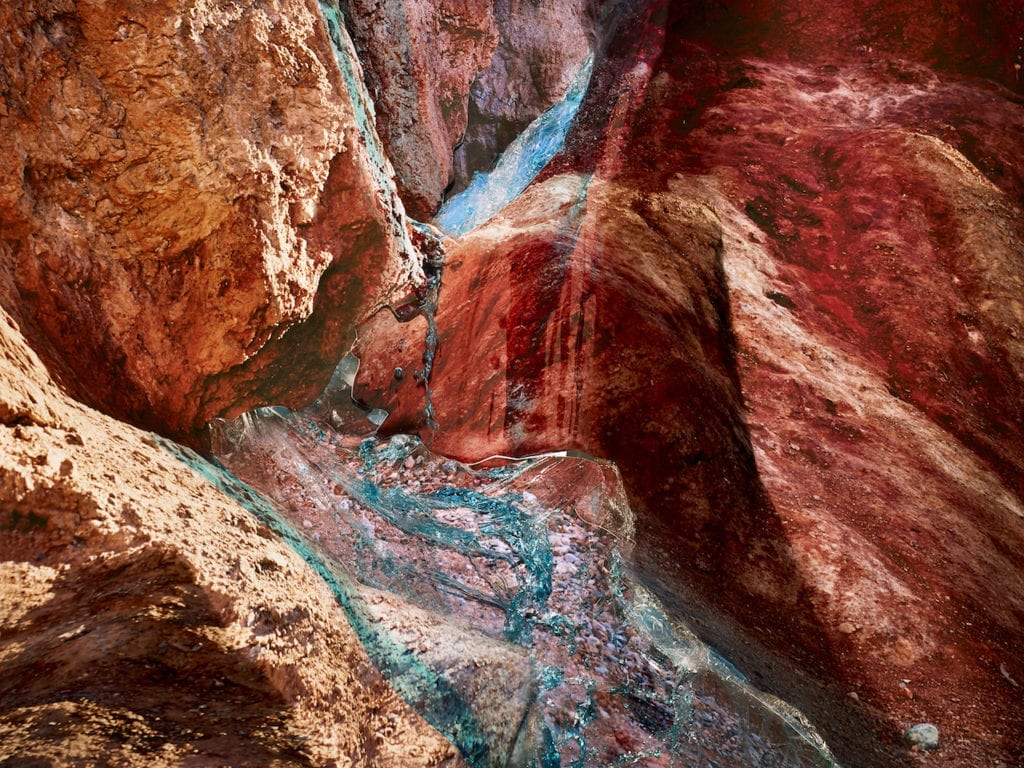
Interpretations on the theme are varied, and include studies of the fake, prefab rocks used in Germany to preserve the look of the landscape, many of which are decaying and cracking; photographs of the former Chicago headquarters of Ebony and Jet magazines; a survey of the flora and fauna of Australia; an exploration into where our data is stored.
There are images of hedges and shrubbery which has begun consuming street furniture such as gates and lampposts in The Netherlands; an instruction manual looking at our changing domestic responsibilities; and a long-term study of cotton, mapping the chain from growers to pickers to processors, where garments are made and where they are sold.
The diversity of these projects, says Clements, “enabled us to be quite indulgent in our headline exhibition [at Derby’s arts space, Quad], which is very focused and specific.” Clements worked on the show, titled Ahead still lies our future, with author and curator Hester Keijser, whose own initiative, Stead Bureau, based in The Hague, works to question current publishing and presentation models for photography.
“Hester always has something interesting and critically engaged to contribute,” says Clements. “I wanted her involved because I knew she would really challenge and expand our theme. Although I’m director of the festival, I don’t want to be its overall voice.”
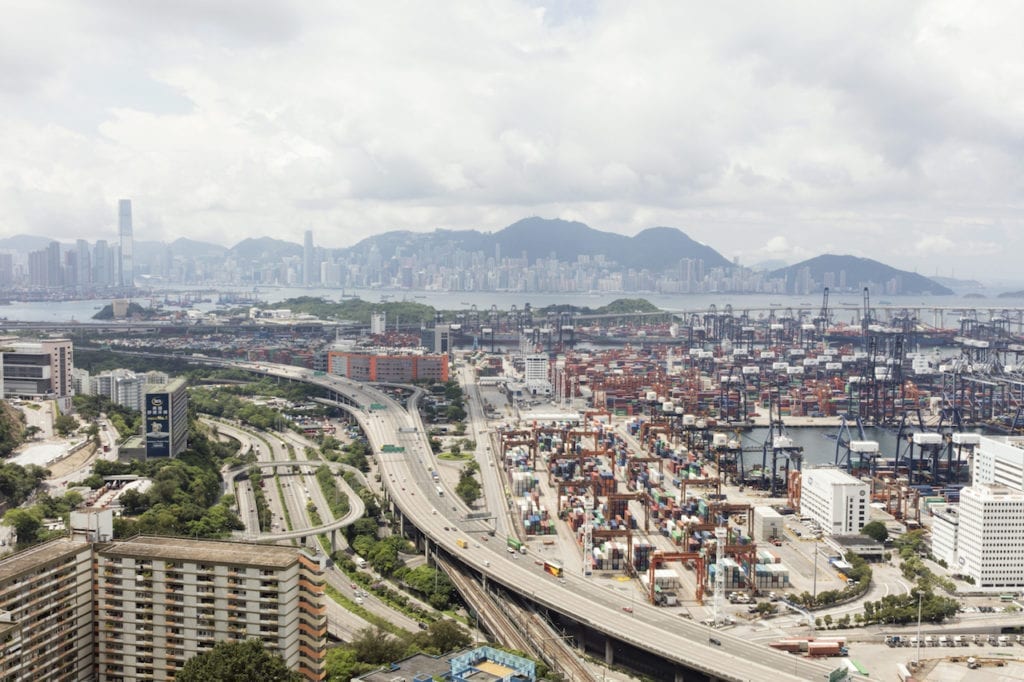
Gold Depository © Lisa Barnard. Classical documentary techniques are paired with bold contemporary aesthetics to expose our complex relationship with the precious metal in this politically charged project.
The exhibition focuses on the idea of the Anthropocene, a term given to a new era on Earth in which technologically-induced changes wrought by humans on the planet have had an acute and often irreversible effect on its geology. Though the epoch remains unofficial, the issue has been a hot topic in scientific circles for a number of years, and an increasing number of artists and writers have begun responding too.
The beginning of the Anthropocene (the term is derived from Greek and means ‘the recent age of man’) is debatable – one party argues for it coinciding with the beginnings of agriculture, 8000 years ago; another with the invention of the steam engine in the 18th century. Some prefer the middle of the 20th century, specifically the testing of the first atomic bomb, or NASA’s ‘blue marble’ photograph of Earth.
“That image allowed human beings to envision their planet as a whole for the first time,” explains Keijser. “It’s around that time that concern for our ecosystems begins.”
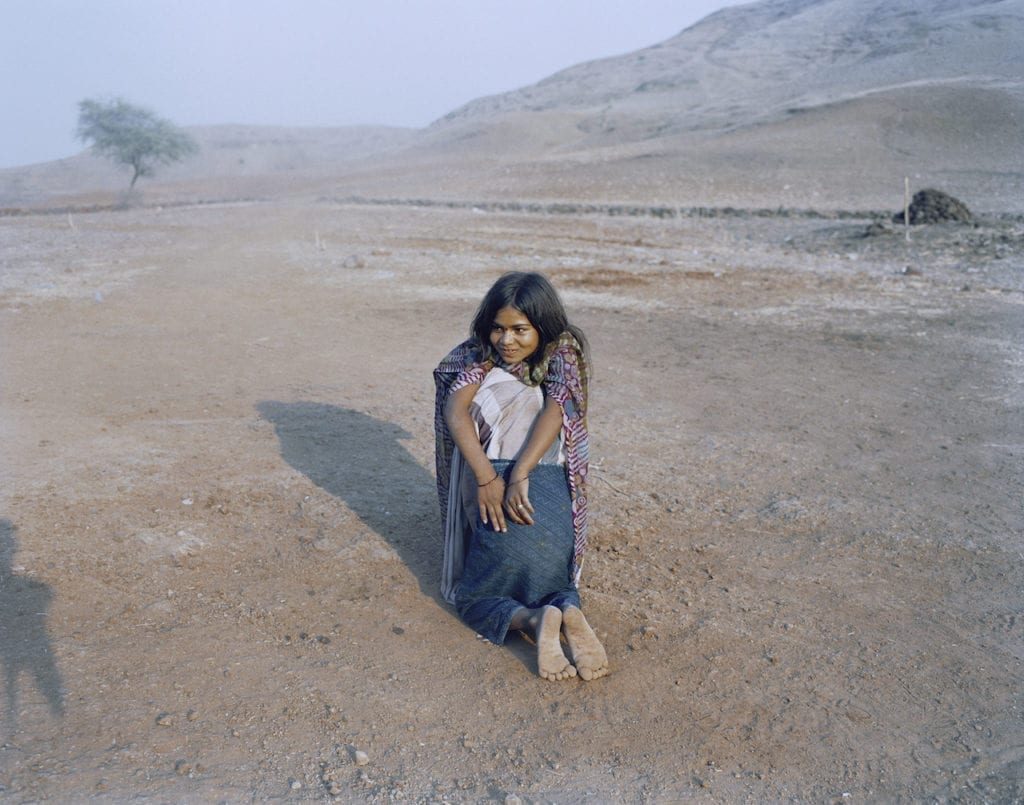
Keijser’s curatorial research led her to look outside the box for the show’s material. Visual notions of the Anthropocene have been on her radar for some time, she says, “not just in terms of how it has been interpreted in the arts, but in terms of what kind of planet are we leaving for our children…
“But it has always been dominated by a very male view – I don’t know why that is – and [often] a helicopter view. Pollution, fracking, decaying industry: all these have been portrayed from above, by drone or helicopter or Google Earth. It’s beautiful, of course – ruin porn is gorgeous – and there’s been this fascination with the aesthetics of that for a while now, but we’ve done that. It seems to offer a security, an impression of control that just isn’t there. I wanted to get away from that.”
In looking for new ways of visualising the phenomenon, Keijser was also keen “to look outside the usual confines of photography, which is to say Japan, Europe and America, and to include work from Africa, China, India and Latin America. It’s not just shifting the location; I’ve really tried to find projects that are coming from a completely different intellectual and artistic position, to show that there are alternatives to the predominant mode in which we operate.”
Has photography a particularly important role to play in investigating the Anthropocene? “I’m going to be really disappointing and say that it doesn’t,” replies Keijser. “It’s just one of the tools in the box. We purposely included a few artists in our selection for the show, rather than just photographers, because we wanted to broaden its scope.”
Photography, she states, “can be very conservative in its approach to things… looking backwards or just registering the present.” She wanted to include artists whose work could “help imagine how we can actually shape our visualisation of the future using photography, to think, ‘What do we want the future to be?’”
Clements agrees: “It’s not about hanging on to or being sentimental about the past. The past wasn’t perfect either. We were after something a little more hopeful and positive rather than dystopian or terrorising. We wanted the show to be looking to the future and how brilliant it can be. Change isn’t always a bad thing.”
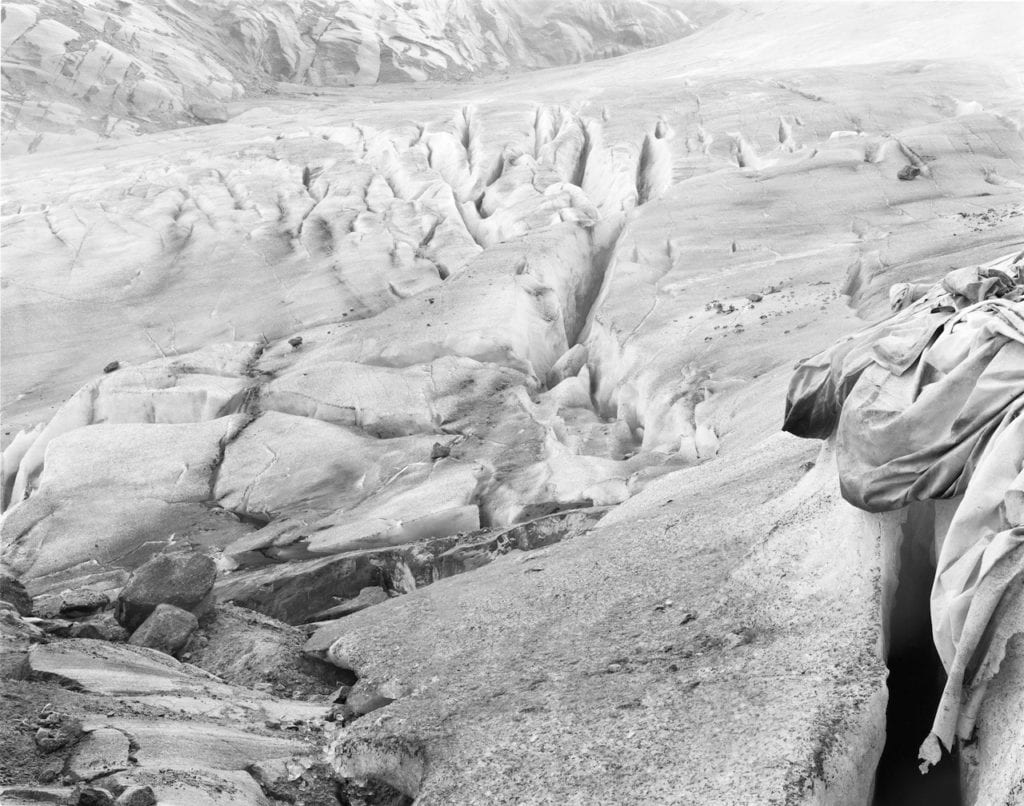
Are any of the artists/photographers in the show offering some kind of solution in their work? “Yes, I think they are opening up the possibility of something else,” suggests Keijser. “Ursula Biemann’s piece, Forest Law [a video projection and photo-text assemblage that documents a lawsuit in Ecuador where the forest has been brought to court as a physical entity to plead for its rights in the face of large-scale oil extraction] points to alternative viewpoints, specifically a renewed interest in spiritualism [here the spirit of the forest communicating with the living to assert its needs].”
See also Sohrab Hura’s work, The Song of Sparrows in a Hundred Days of Summer, which chronicles summers in a village in the Barwani region of India, known for its extreme temperatures and sparse rainfall. “Even though it is about desertification and the difficulties of living in that environment, it’s also about people surviving against all odds – it has a sense of hope, however corny that may sound.”
At the other end of the (temperature) scale sits Ester Vonplon, whose work Gletscherfahrt (meaning ‘glacier cruise’) is a series of photographs, orchestral music and audio recordings which together depict the phenomenon of covering glaciers in Switzerland to prevent them from melting, “suggests the different kinds of emotions we can have towards the glaciers,” says Keijser. “Their covers are like shrouds, but the tender way in which they have been wrapped is also like protecting a baby with a blanket.”
Though some of the names in the show are familiar – Lisa Barnard features, and Hura is a recent addition to the Magnum fold – much of the work is little known or unseen in the UK and beyond. “It’s better for a festival if we can bring work that doesn’t repeat [what’s already] well known,” says Keijser. “A lot of work has been discovered [previously] at Format – it’s known as a platform [for emerging photography] and both Louise and I looked to continue that tradition.”
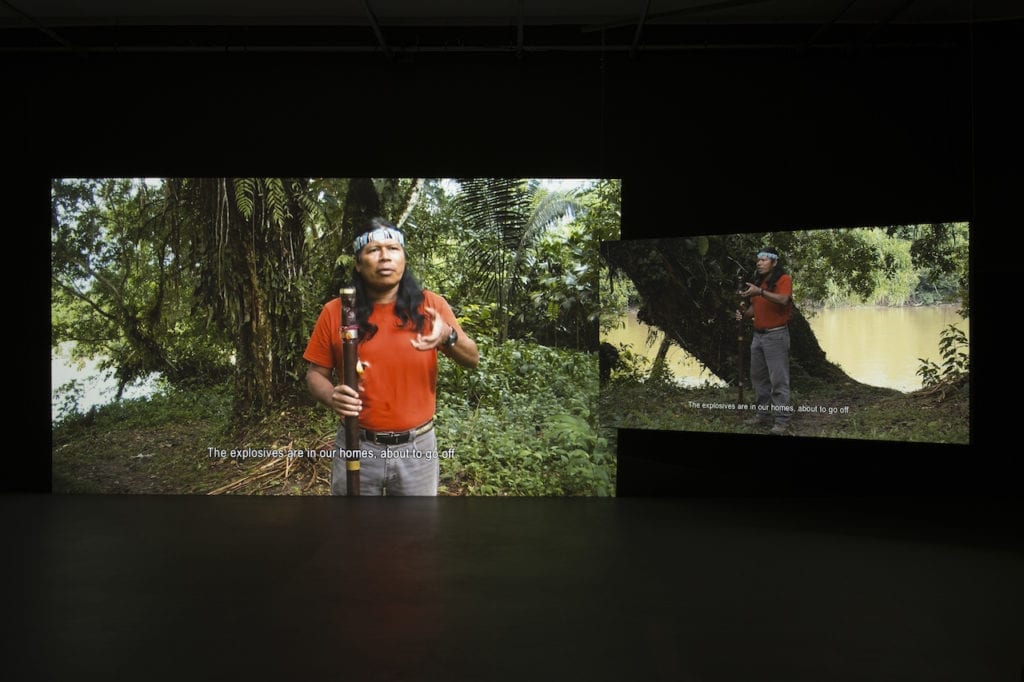
The title for the show came to Keijser last November, the night of the presidential elections in the US. “When it became clear Trump would actually win, my fighting spirit resurged and gave me these words,” explains Keijser in an email follow-up to our phone conversation. “Our future is still out there, and that is where we need to head.
“We need to put our energy into creating what [Indian author] Arundhati Roy calls ‘a new imagination’, with different priorities and sensibilities… Each of the selected participants in the show is pushing that in their own work. Change is not going to come in one fell swoop, nor will it come from one person, because, as Roy says, ‘the world is a millipede that inches forward on millions of real conversations’.”
Both Clements and Keijser believe the ideas suggested by the headline exhibition – and the festival theme more broadly – to be timely. There is a global need, explains Keijser, “to overcome the freeze-frame that we’re caught in at the moment… to have the idea of having a future. That would be so uplifting, to have ideas about what we could do, rather than just stare in horror.”
Format Festival runs across venues in Derby from 24 March to 23 April. On the opening days (23 to 26 March), there will be additional activities, including a photobook market, portfolio reviews, talks, tours and a conference. formatfestival.com
This interview was originally published in the March 2017 issue of BJP, which took its lead from the Format Festival this year. Back issues can be bought at www.thebjpshop.com

